How to Grow Rosemary from Cuttings in Water – No Soil Required!
Growing rosemary at home is easier than you might think - especially when you skip the soil! Propagating rosemary from cuttings in water is a simple, low-maintenance way to enjoy fresh herbs right from your kitchen.
All you need is a rosemary cutting, a glass of water, and a sunny windowsill. This guide will show you the quickest steps to get your rosemary cuttings rooted and thriving, allowing you to enjoy aromatic, homegrown rosemary with minimal effort.
Essential Materials
Gather the necessary items to get started: a clean pair of pruning shears, a clear jar or glass, fresh water, and a suitable potting mix for when it’s time to transplant.
Root Cuttings in Water
Place your cuttings in a clear container filled with fresh, non-chlorinated water. Position the container in a warm spot with indirect sunlight, and change the water every few days to encourage healthy root growth.
Prepare the Cuttings
To begin propagating rosemary, start by gathering healthy, non-flowering stems. Look for newer growth, as it roots more easily. Clip each stem at a 45-degree angle just below a leaf node, then remove the lower leaves to expose the nodes where roots will eventually grow.
Root the Cuttings
Place the prepared rosemary cuttings in a clean container with about 2-3 inches of water, ensuring that only the nodes are submerged while keeping the leaves above water.
Check the water level regularly to make sure it covers the nodes without submerging the whole cutting. Refresh the water every few days to maintain clarity and prevent mold or rot.
In 2-6 weeks, you should start to see fine white roots sprouting from the nodes. When the roots reach around 2-3 inches in length, your cuttings are ready for the next phase.
Transplant and Nurture the Cuttings
Once roots are 2-3 inches long, gently transfer the cuttings to a pot with nutrient-rich, well-draining soil. Water them consistently to keep the soil moist but not soggy and ensure they receive bright, indirect light.
Transplanting
When it’s time to transplant, select a well-draining potting mix or a blend of sand and potting soil for optimal growth. Place each cutting into its own pot or a larger container, covering the roots completely while keeping the leaves above the soil line.
Water thoroughly after transplanting, and position the pots in an area with indirect sunlight.
Caring for Rosemary
Rosemary thrives in well-drained soil and should be watered only when the top inch of soil feels dry. Be mindful not to overwater, as consistently soggy soil can lead to root rot. Fertilize sparingly, as rosemary requires only light feeding.
Regular pruning will encourage bushier, healthier growth, so feel free to trim back the plant to maintain a strong and vibrant rosemary bush.
Harvest and Enjoy the Results
As your plant matures, trim the leaves or flowers as needed, enjoying them in cooking, décor, or other creative uses. Regular harvesting will also encourage the plant to produce new growth.
Harvesting
The ideal time to harvest rosemary is in spring or summer when the plant is actively growing. Select mature, healthy branches that are at least 8 inches (20 cm) in length for the best flavor and oil content.
Avoid cutting young, tender shoots as they tend to have a milder taste. To keep the plant thriving, don’t harvest more than 20% at once, as overharvesting can stress the plant and hinder its growth.
Savor the Benefits
One of the most rewarding aspects of growing rosemary is incorporating its fresh, aromatic flavor into your cooking.
This herb enhances a range of dishes, from roasted meats and grilled vegetables to bread and soups. Its robust and versatile taste can elevate your culinary creations, adding depth and flavor to your meals.
Additional Tips for Successful Growth
Keep your plant thriving by monitoring sunlight exposure, watering regularly, and using organic fertilizer. With a bit of attention, you’ll enjoy a healthy, vibrant plant that keeps giving.
Ensure Proper Drainage
Rosemary doesn’t thrive in waterlogged conditions, so it’s essential to use pots with good drainage. Adding some sand to the potting mix can also improve drainage and prevent root issues.
Prune Consistently
Regular pruning promotes bushier growth and maintains the health of your rosemary plant. Trim stems often to encourage fullness and to keep the plant in the shape you prefer.
Move Indoors for Winter
In colder climates, it’s a good idea to overwinter rosemary indoors. Place it near a sunny window where it can continue to receive plenty of light and remain healthy during the colder months.

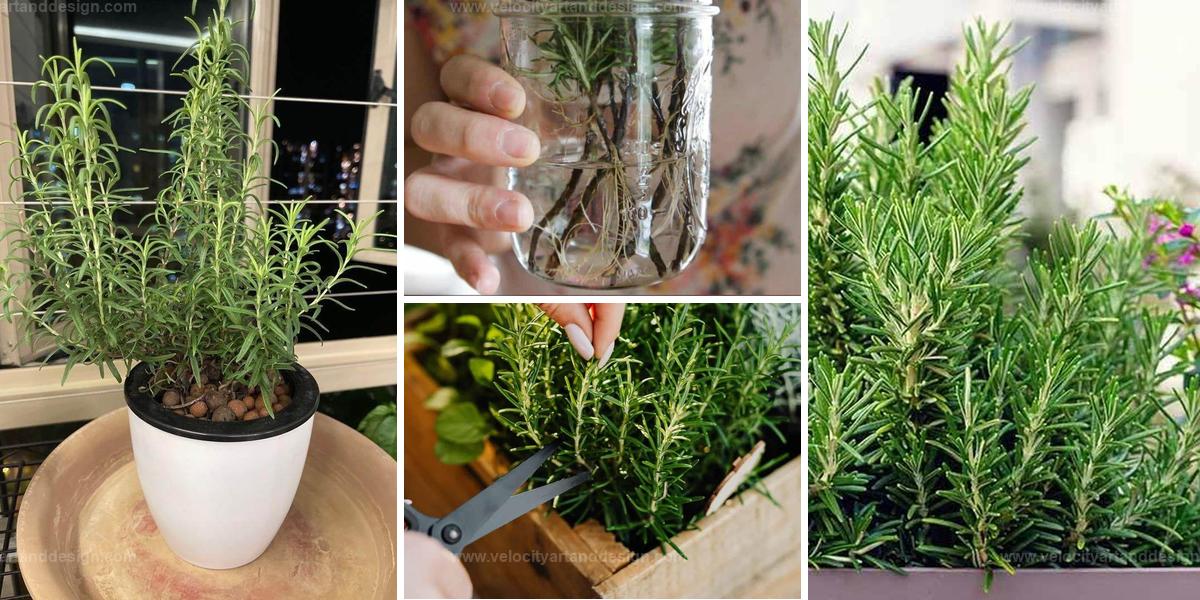
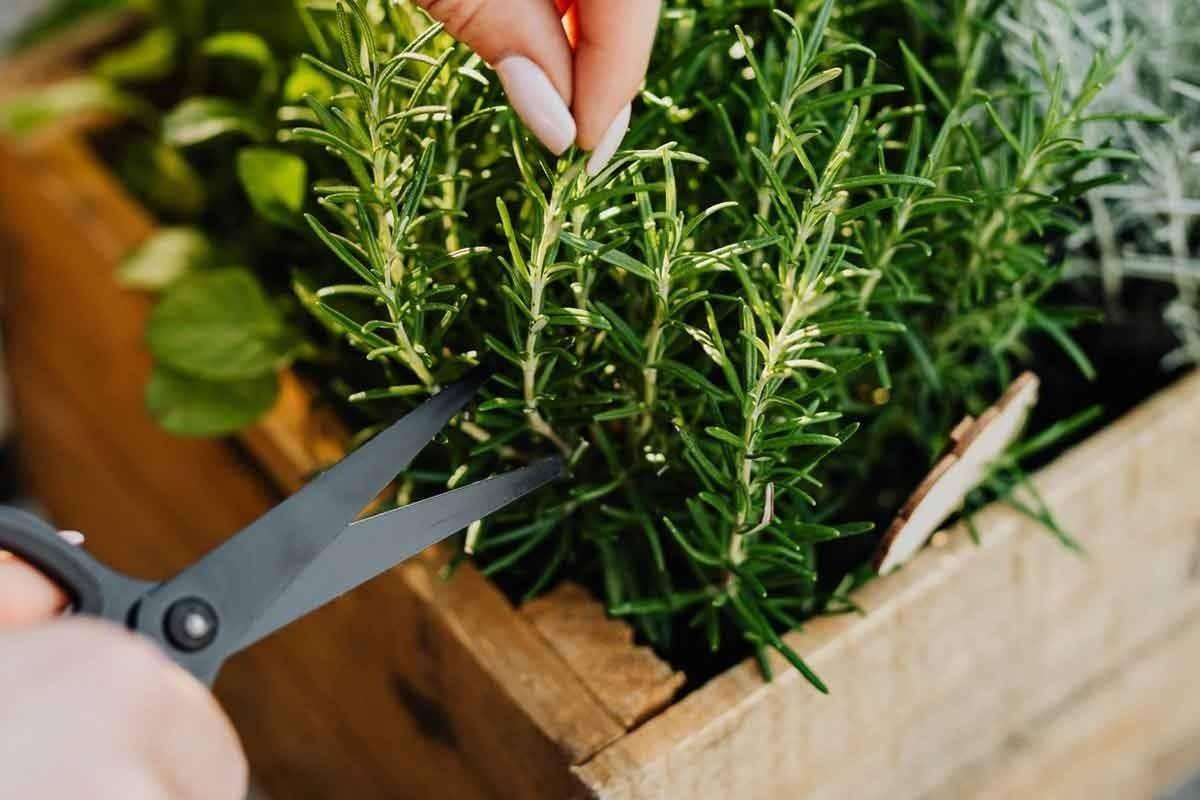
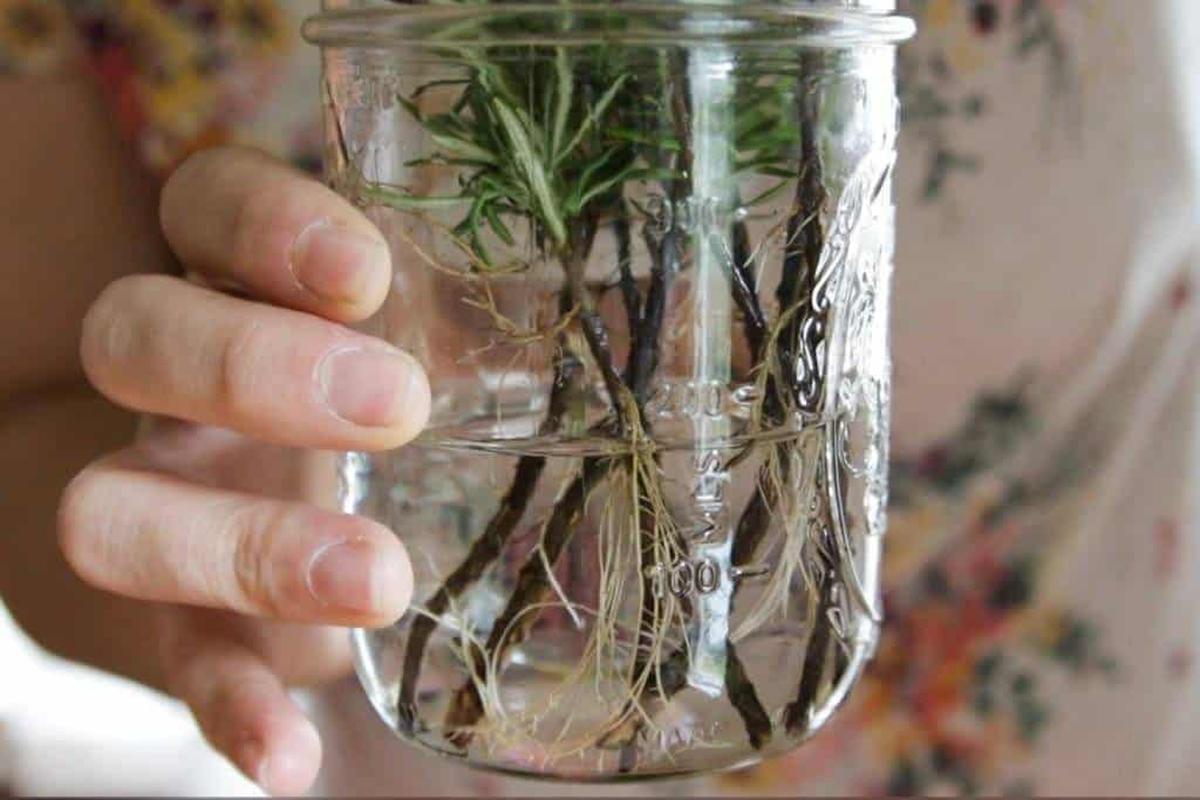
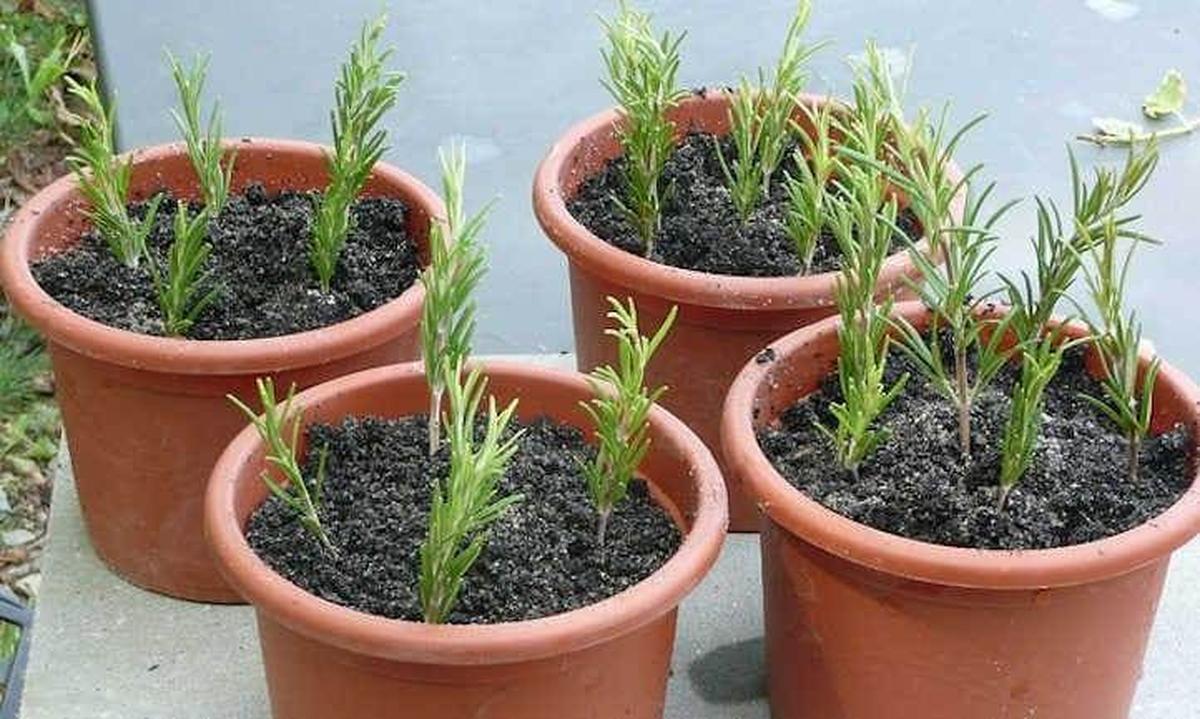
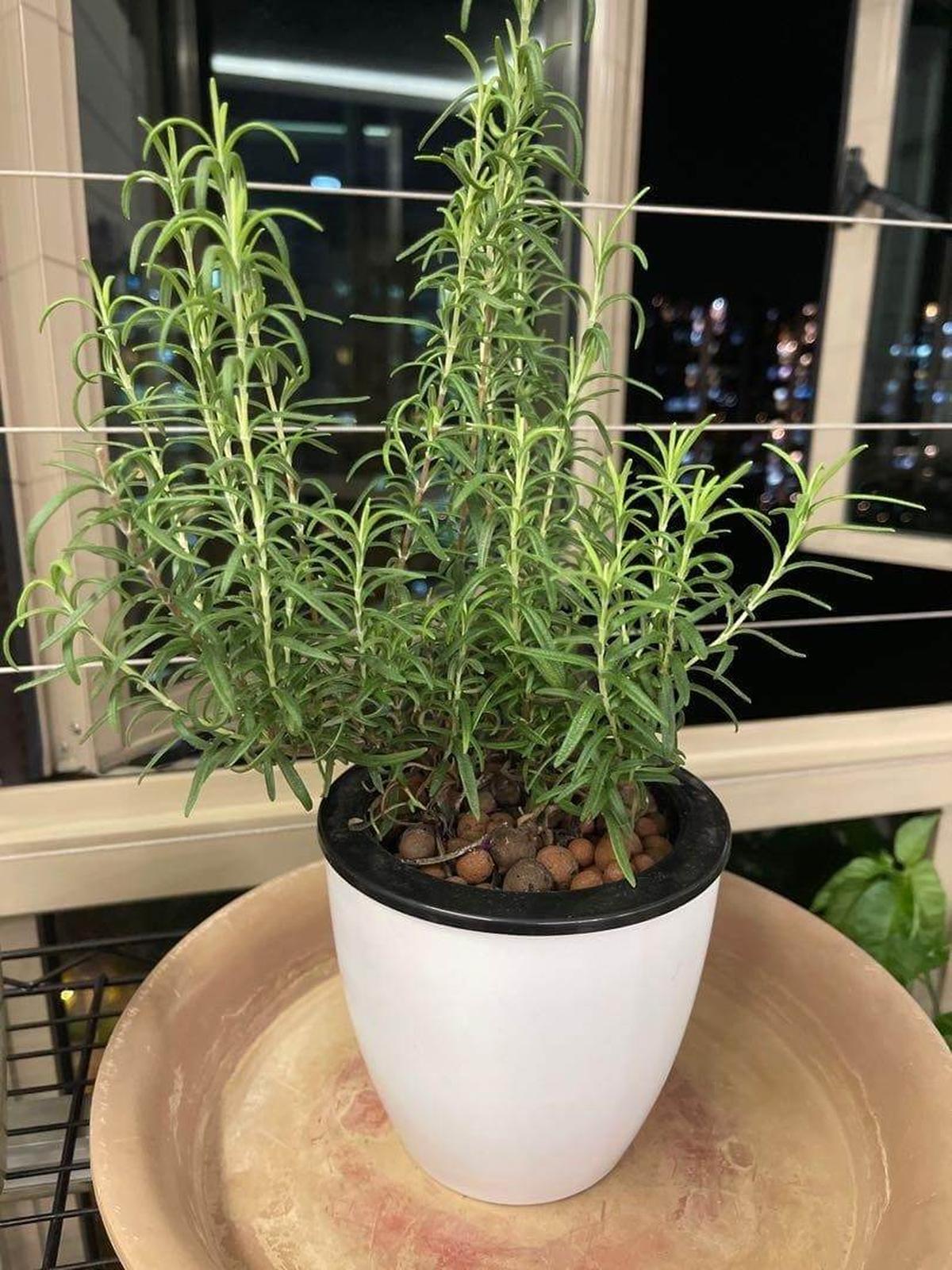
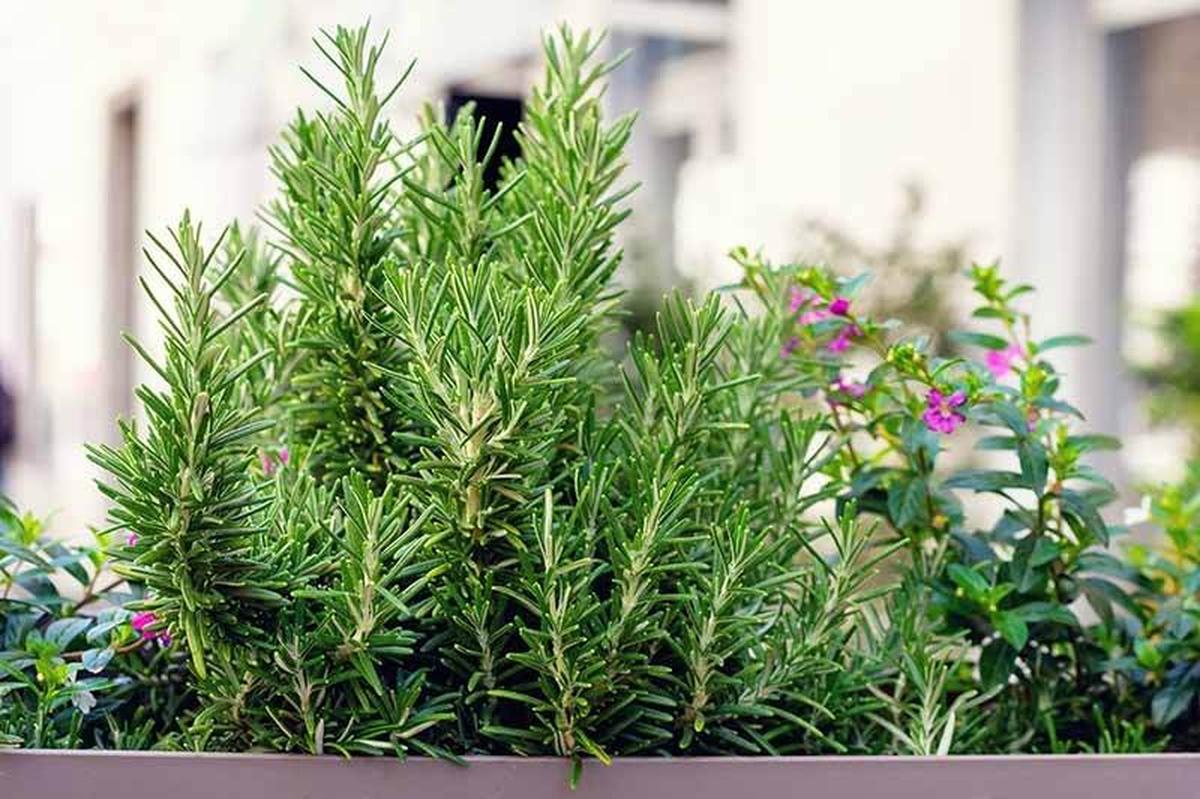
James Turner
Founder & Lead Designer
Expertise
Interior Design, Sustainable Design Practices, Spatial Planning, Innovative Material Applications, Contemporary Art Techniques, Visual Communication, Multimedia Artistry, DIY Design and Home Projects, Eco-Friendly Living Spaces, Creative Solutions
Education
University of Cincinnati College of Design, Architecture, Art, and Planning (DAAP)
Columbus College of Art & Design (CCAD), Columbus, OH
James Turner is the founder and lead designer at Velocity Art and Design. He studied Interior Design at the University of Cincinnati, focusing on eco-friendly design and smart use of space.
Later, he expanded his artistic skills with a Fine Arts Certificate from the Columbus College of Art & Design, where he learned about modern art and visual storytelling.
With over 10 years in design, James is passionate about making spaces that are both beautiful and practical. He shares his DIY tips and creative ideas to inspire others to explore their own creativity and transform their living spaces.